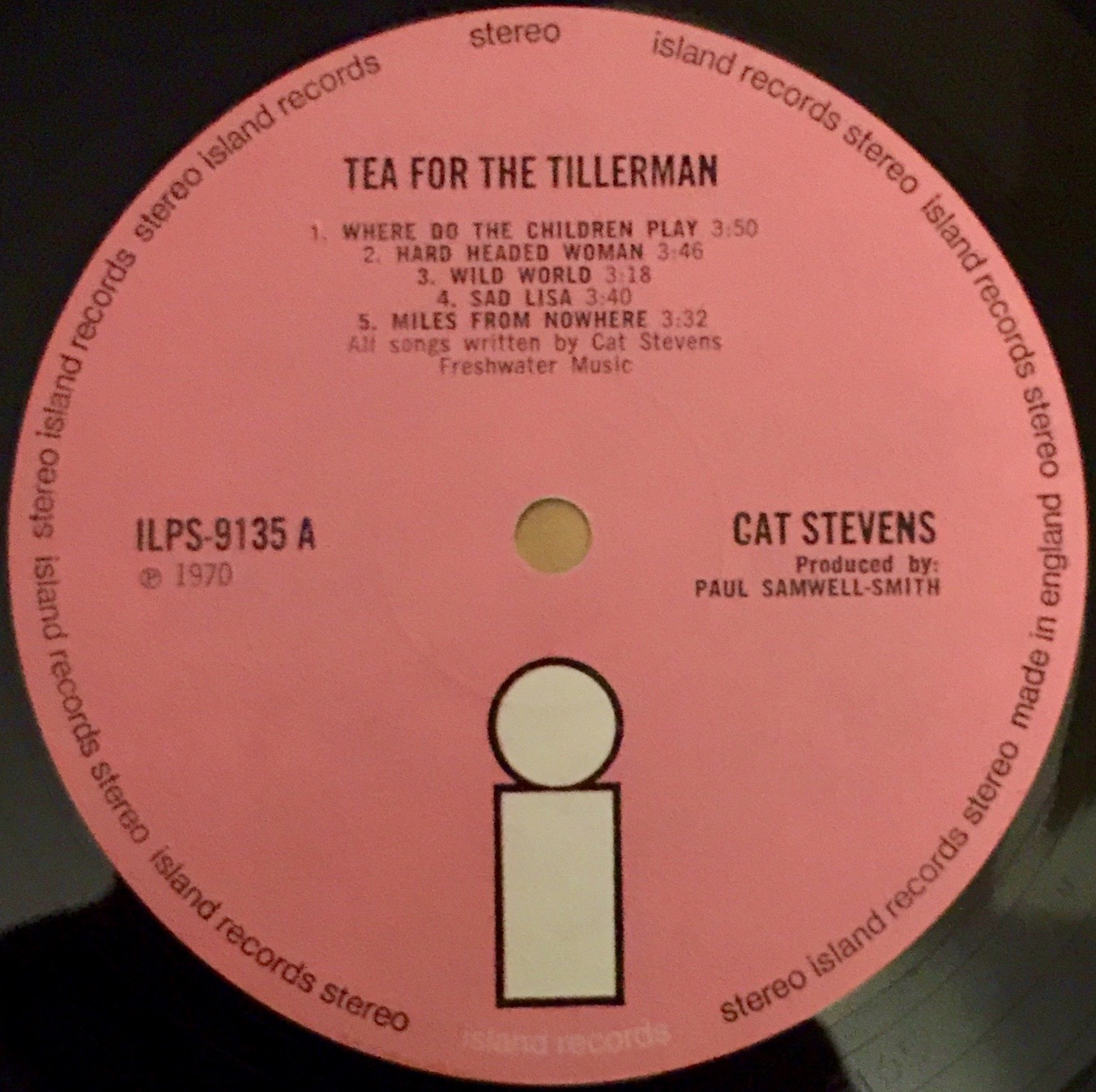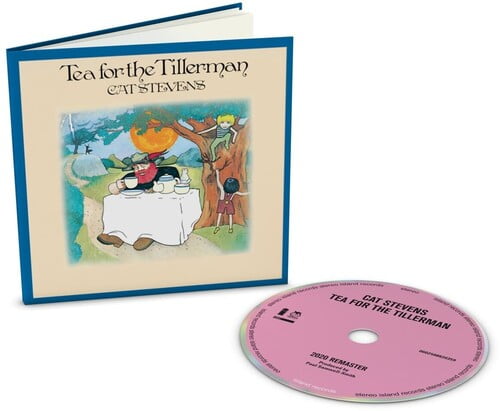

A burgeoning English pop star in the late 60's, Stevens had a few top 10 hits in the UK singles chart and released two albums before disappearing from music for two years following a battle with tuberculosis that would nearly kill him.


To anyone who hasn't heard his music, Cat Stevens fits this sort of "vanilla folk" artist moniker as well as anyone else. For those who enjoy that sort of thing, it's all well and good, but I doubt the majority of us would prefer having more John Denvers over more Nick Drakes. This didn't completely neuter the material these artists wrote, but it made it all a fair bit more commercially viable than artistically interesting, leading to far more "Carolina in My Mind"s and less "Canadian Railroad Trilogy"s. While Dylan had been able to create works such as Highway 61 Revisited, where every track is essential to the album's well-being in some way, this new wave of folk artists was far more singles-driven, treating the album as a collection of singles and supporting filler tracks. However, as much as this was a major step forward for folk music being accepted by the layman, it was arguably an even larger step backwards for the genre's artistic merit, particularly when it came to the whole "album" concept. Review Summary: It's them they know, not me.įrom the late 1960's to the early part of the 1970's, Western popular music found itself imbued with an onslaught of new folk artists, attempting to carry on the legacy of individuals like Dylan and Baez while simultaneously removing some of the genre's more politically oriented elements.


 0 kommentar(er)
0 kommentar(er)
